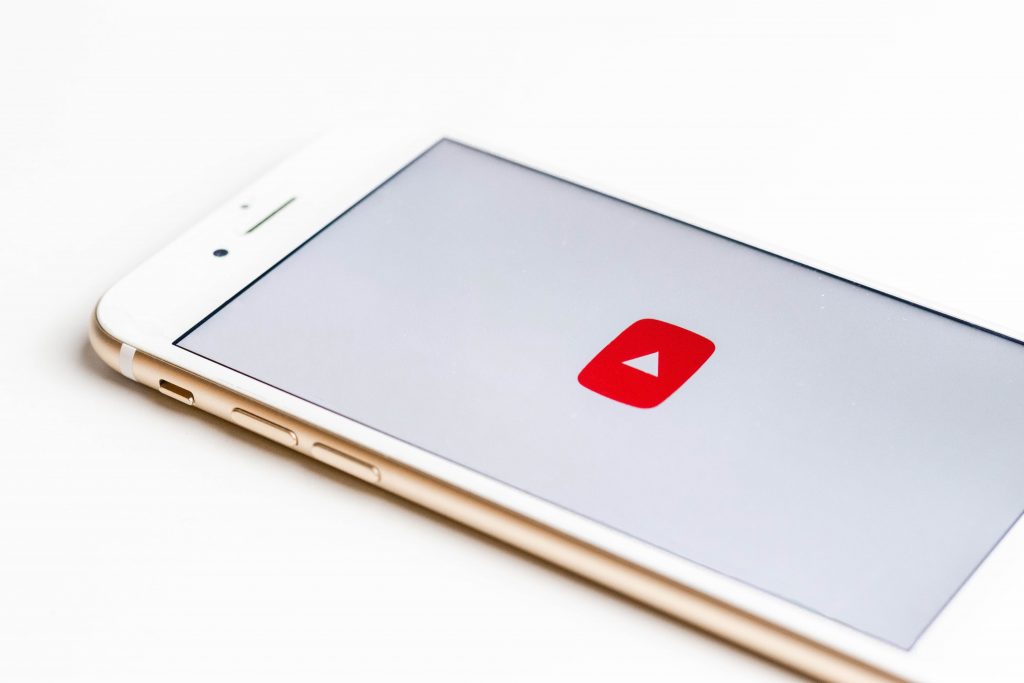Is your YouTube channel optimized for search engines? Follow these steps to get your video marketing the maximum reach possible.
Here, you’ll find:
- How to build out your YouTube channel
- Why YouTube SEO matters
- Ways to improve your videos’ accessibility
- Tips for growing your YouTube subscribers
Videos can be a highly beneficial component to add to your digital marketing arsenal.
Not only is this type of content an effective way to engage your audience, but it allows you to get your brand’s message across in a way that’s widely accessible.
Video marketing has exploded in popularity in the last few years, and it’s a trend that doesn’t appear to be waning anytime soon.
If you’re going to take the time and energy to invest in video creation, it makes sense that you’d want them to get as many views as possible. That’s where having a YouTube channel comes in.
Because YouTube is a (free) Google product, it tends to perform well in the search engine’s algorithm. This means your videos have a better chance of showing up in search results — especially if you’ve got the right search engine optimization (SEO) practices in place.
Here are a few easy ways to prime your YouTube SEO for search engine results page (SERP) success.

Create and upload a 30-60 second channel trailer as an added way to make a great first impression when someone lands on your YouTube page. (Image via Unsplash)
1. Customize your URL
Customizing your YouTube URL is a great way to more easily share your page while also adding legitimacy to your channel. Per Google, to be eligible for a custom URL, your channel must have:
- At least 100 subscribers
- Been created at least 30 days ago
- A proper profile picture
- A banner image
Once you’re eligible, you can create your custom URL via your basic info setting, an email notification, or a notification in your channel’s dashboard. For best results, make sure the URL accurately reflects your business and is easy to remember.
Once created, your URL will render as youtube.com/yourcustomizedname or youtube.com/c/yourcustomizedname.
Pro tip: Create and upload a 30-60 second channel trailer as an added way to make a great first impression when someone lands on your YouTube page.
2. Complete your About section
When it comes to solid YouTube SEO, it’s crucial to use every available feature to provide added context about your page. To do that, be sure to complete the About page on your YouTube channel and add in essential info about your business.
Only the first 48 characters of your About section will show in search results, so describing yourself in concise detail with relevant keywords can increase on-page search visibility.
Pro tip: Select a thumbnail and main banner for your channel that feels like an extension of your website through elements like the images or color scheme.
3. Give videos keyword-rich titles and descriptions
Once your page is set up, ensure that your uploading process always includes adding in keyword-rich titles and descriptions for each video. It’s also wise to rename your raw video files using a target keyword before uploading to the platform.
Keeping your title at 60 characters or less will prevent it from getting cut off in results pages.
While descriptions can be up to 5,000 characters, only about 100 will display under the video before a “Read more…” option is prompted. Because of this, it’s important to get the main points across at the beginning of the description, along with a call to action (CTA) if applicable.
You can also create transcriptions for all of your videos and add them to the description section. Text transcriptions will likely target keywords naturally. This can be helpful for crawlers to better understand the content of the video.
Pro tip: Tagging videos with relevant keywords is another way to tell YouTube what your content is all about.
4. Customize video thumbnails
Customizing your video thumbnails will help your videos stand out. It’s also a way to make your overall page look professional and thorough. You can customize thumbnails with elements such as:
- Banners
- Dynamic, on-brand colors
- Optimized thumbnail text
- Unique title cards
If you don’t customize thumbnails, the YouTube platform will often randomly select a still from your video, which could potentially make your channel look less cohesive.
Need more SEO help? You’ve come to the right place.

If you do add videos to your website, make sure they’re marked up with Schema tags for video. (Image via Unsplash)
5. Create playlists to enhance watch time
When someone chooses to watch a video from a playlist, the videos in the playlist will auto-play one after the other, rather than the viewer having to select each video individually.
Threading together multiple videos on similar subjects into playlists drives up watch time, which is YouTube’s top-ranking factor.
Search Engine Journal reports that YouTube ranking factors fall under the categories of:
- Relevance
- Engagement
- Quality
- Personalization
Depending on your videos and industry, you could create playlists for your webinars, client testimonials, how-tos, or frequently asked questions.
Pro tip: In January 2021, YouTube launched new hashtag search results pages. This means that, when viewers search for a specific hashtag on YouTube via desktop or the mobile app, they’ll see a dedicated page containing videos with that hashtag.
6. Grow your subscribers
You can work towards improved YouTube SEO by focusing on growing your channel’s subscriber base. Embedding videos in emails and onto your website (such as on landing pages and your blog) is a great way to start getting your channel more exposure.
You can create a blog post for each video to help promote it, or cross-promote your videos and channel through e-books, webinars, presentations, and lead magnets.
If you do add videos to your website, make sure they’re marked up with Schema tags for video. This can also help videos perform better in search results. Google Search Console reports on video Schema, which can be helpful for gathering insights.
Pro tip: Encouraging viewers to interact with you is another way to strengthen your SEO. Embed “share” and “like” buttons, incentivize subscriptions, and invite viewers to leave comments. The more positive interactions you have, the better.
7. Leverage captions or subtitles
Adding captions or subtitles to your videos opens them up to a whole additional audience. That’s because this makes your videos more ADA compliant, inclusive, and accessible to those who are hearing impaired or deaf.
More than that, you can get your message across to viewers who may not want to turn on sound because they’re in a quiet place or don’t have headphones.
These days, there are multiple options for creating captions or subtitles. While auto-generated captions might be easier or more cost-effective, they’re more prone to errors since the audio isn’t being transcribed by a person.
While it’s important to keep budget in mind, experience tells us it’s worth seeking out an affordable paid service (such as Rev) to ensure clarity, especially for complex subjects. Alternatively, you can read over the transcript and make edits yourself.
The takeaway
Creating a YouTube channel is a great way to increase exposure for your video content and overall business. But creating videos is just half the battle.
By following YouTube SEO best practices, you can better position your content to appear in search engine results and reach as many viewers as possible.
This article has been updated and was originally published in February 2021.

